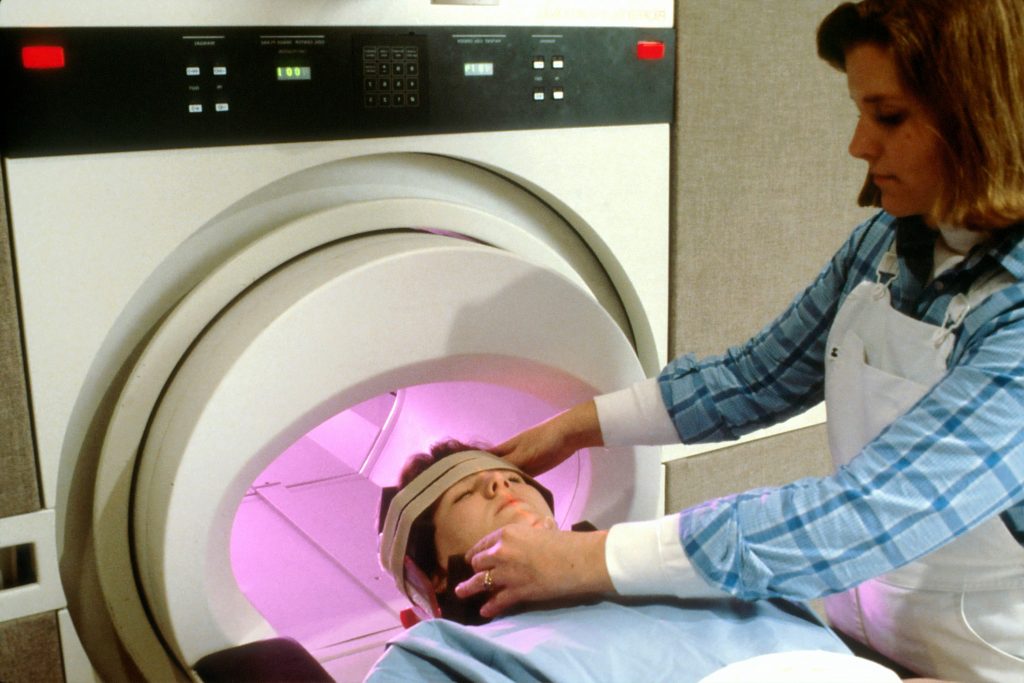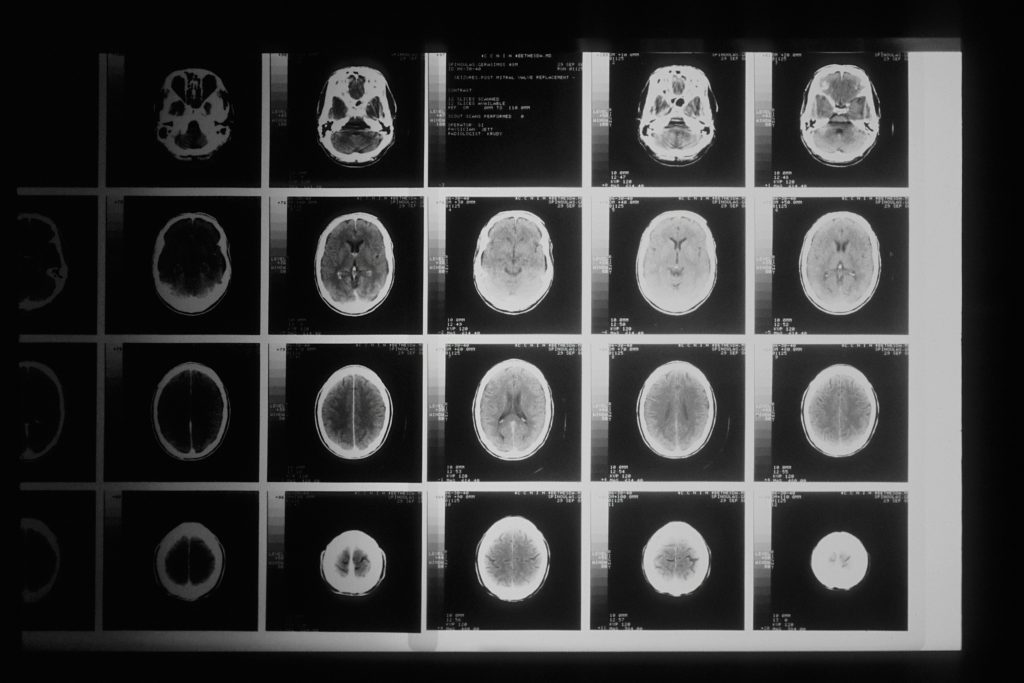The Potential of Multimodal Approaches in Bipolar Disorder Diagnosis

Bipolar disorder (BD) is a complex mental illness that predominantly affects younger populations and has significant hereditary components. Current diagnostic methods rely heavily on clinical interviews, which can be challenging, especially in adolescents, due to the ambiguity of symptoms. This delay in diagnosis can lead to prolonged gaps between symptom onset and formal treatment, negatively impacting long-term outcomes. Early diagnosis and intervention are crucial in managing BD, with untreated cases posing a high risk of suicidality.
Traditionally, magnetic resonance imaging (MRI) has not been a standard tool for diagnosing BD but has been used to explore the effects of the disorder on the brain. However, single-modality MRI may not capture the full complexity of BD influenced by genetic and environmental factors. Recent advancements in imaging technologies, such as multimodal MRIs combined with machine learning, offer new possibilities for narrowing the diagnostic gap and facilitating timely interventions.

Wu and colleagues (2024) developed three multinomial bipolar disorder classification models: a clinical diagnosis model using behavioural variables, a data-driven model focusing on MRI-features, and a comprehensive model integrating behaviour and anatomical and functional features.
Methods
The study by Wu and colleagues utilized two datasets to construct and validate diagnostic models for BD. The primary dataset, sourced from the Recognition and Early Intervention of Prodromal Bipolar Disorders initiative, included 309 participants below the age of 20. An additional validation dataset from Nanjing Brain Hospital comprised BD patients and healthy controls. Participants underwent systematic clinical evaluations and MRI scans to collect behavioural and imaging data.
Three MRI modalities, including T1-weighted images, diffusion tensor imaging (DTI), and resting-state functional MRI, were utilized to assess brain structure and connectivity. The study developed three classification models based on clinical, MRI, and combined behavioural and imaging features to classify participants into different neuropsychiatric groups.
Results
The study found significant differences in clinical measures and global functioning among the groups, with parental history of psychiatric conditions varying, especially among offspring of individuals with BD. The three classification models demonstrated varying degrees of accuracy, with the comprehensive model integrating both MRI and behavioural data performing the best in distinguishing BD patients from healthy controls.
Key features, including parental BD history, global functioning, specific brain region volumes, and connectivity measures, were essential for accurate classification. The study also highlighted the complex relationship between psychiatric symptoms, brain health, and family history through a structural equation model analysis.

Using MRI-based metrics and behavioural measures, Wu and colleagues demonstrated the accuracy of using a comprehensive model to classify bipolar disorder patients, offspring, and healthy controls.
Conclusions
Overall, the study by Wu and colleagues underscores the importance of integrating multimodal approaches, combining imaging and behavioural data, to enhance the diagnostic accuracy of bipolar disorder in adolescents. This methodology holds promise for early identification and personalized interventions in BD.

Wu and colleague encourage further exploration into incorporating advanced imaging into clinical practice in psychiatry to improve patient outcomes.
Strengths and Limitations
The study’s strengths lie in its holistic approach, combining behavioural assessment with MRI metrics, to provide a comprehensive view of BD. However, limitations such as sample size constraints and retrospective design warrant further investigation. The study’s potential implications for clinical practice highlight the significance of multimodal models in improving diagnostic precision across various neuropsychiatric conditions.

The study emphasizes the role of familial history of mental illnesses and global functioning for the diagnosis of bipolar disorder in adolescents.
Implications for Practice
The study’s findings have significant implications for clinical practice, suggesting a potential shift towards integrating MRI data and behavioural assessments to enhance BD diagnosis and treatment planning. While promising, the adoption of advanced imaging in routine practice requires careful consideration of cost, training, and accessibility issues.

The study emphasises the potential of adopting a multimodal approach, incorporating imaging and behavioural data, to improve diagnosis of bipolar disorder in adolescence.
Statement of Interests
No conflict of interests to declare.
Links
Primary Paper
Wu J., Lin K., Lu W., Zou W., Li X., Tan Y., Yang J., Zheng D., Liu X., Lam B.Y.-H., Xu G., Wang K., McIntyre R.S., Wang F., So K.-F. & Wang J. Enhancing Early Diagnosis of Bipolar Disorder in Adolescents through Multimodal Neuroimaging Biological Psychiatry (2024), doi: https://doi.org/10.1016/j.biopsych.2024.07.018
Other References
Campos-Ugaz WA, Palacios Garay JP, Rivera-Lozada O, Alarcón Diaz MA, Fuster-Guillén D, Tejada Arana AA.
An Overview of Bipolar Disorder Diagnosis Using Machine Learning Approaches: Clinical Opportunities and Challenges. Iran J Psychiatry 18(2):237-247 (2023). https://doi.org/10.18502/ijps.v18i2.12372
Di Salvo, G., Porceddu, G., Albert, U. et al. Correlates of long duration of untreated illness (DUI) in patients with bipolar disorder: results of an observational study. Ann Gen Psychiatry 22, 12 (2023). https://doi.org/10.1186/s12991-023-00442-5
Lin, K., Xu, G., Wong, N. M. L., Wu, H., Li, T., Lu, W., . . . Lee, T. M. C. A Multi-Dimensional and Integrative Approach to Examining the High-Risk and Ultra-High-Risk Stages of Bipolar Disorder. eBioMedicine, 2(8), 919-928 (2015). https://doi.org/10.1016/j.ebiom.2015.06.027
O’Connell, K. S., Smeland, O. B., & Andreassen, O. A. Chapter 3 – Genetics of bipolar disorder. In E. E. Tsermpini, M. Alda, & G. P. Patrinos (Eds.), Psychiatric Genomics (pp. 43-61): Academic Press (2022). https://doi.org/10.1016/B978-0-12-819602-1.00003-6
Strakowski, S., DelBello, M. & Adler, C. The functional neuroanatomy of bipolar disorder: a review of neuroimaging findings. Mol Psychiatry 10, 105–116 (2005). https://doi.org/10.1038/sj.mp.4001585
Waller, J., Miao, T., Ikedionwu, I. et al. Reviewing applications of structural and functional MRI for bipolar disorder. Jpn J Radiol 39, 414–423 (2021). https://doi.org/10.1007/s11604-020-01074-5













